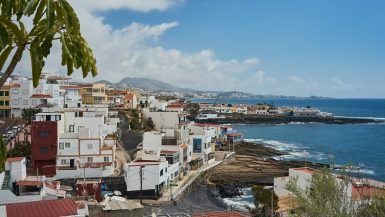
If you’re wondering if Granada is worth visiting, we’re here to tell you that the answer is a resounding yes! And we’re not the only ones who think so. Granada is one of the most visited places in Spain and is home to one of the country’s most popular attractions, the ancient fortified palace of the Alhambra.
But many visitors to that famous hilltop monument have no idea what to expect from the rest of Granada. They’re surprised to find an energetic, fascinating city filled to the brim with sights and attractions, tempting tapas bars and cerveza stops. And they’re often even more surprised by the beauty and diversity of the surrounding landscapes.
To make sure you’re prepared when you arrive, we’re giving you nine reasons why the Andalusian city of Granada is not just worth visiting but is one of our favorite places in the whole of Spain. From Moorish palaces to wild mountain adventures, here’s our ode to the town…
The Alhambra

Granada is home to one of Spain’s most visited tourist attractions: The Alhambra. This hilltop fortress is one of the best-preserved relics of Moorish rule in Spain and contains beautiful examples of Islamic architecture. It’s also the town’s most iconic attraction, so every first-time visitor should set aside time to head up and explore.
The UNESCO-listed complex covers an astounding 1.5 million square feet and is home to multiple palaces, chambers, gardens, and courtyards, each one intricately designed and decorated.
Anyone interested in architecture and history could spend days exploring its many wonders. But even non-history buffs can’t fail to be impressed by its incredible beauty, and the views of the city and the sierras from its walls – you can see right across to the sometimes-snow-capped tops of the great Sierra Nevada that unfold to the east.
Anyway, there are a few highlights in the Alhambra to know about, including:
- Palace of the Comares – One of the most exquisite chambers in the whole palace complex, this set of rooms was added by Sultan Yusuf I to impress visiting dignitaries. It certainly manages that, what with its intricate gateways and tilework.
- Hall of the Abencerrajes – Prepare to be stunned by the geometric plasterwork that covers the walls and ceilings of this great hall. Also notice the mystical fountain in the middle. There’s a stain on it that, legend has it, is the blood of medieval knights.
- Palace of the Lions – Considered one of the great masterworks of Nasrid art, this section of the Alhambra flows between manicured gardens with gorgeous fountains and Mudejar-style halls.
Amazing historic neighborhoods
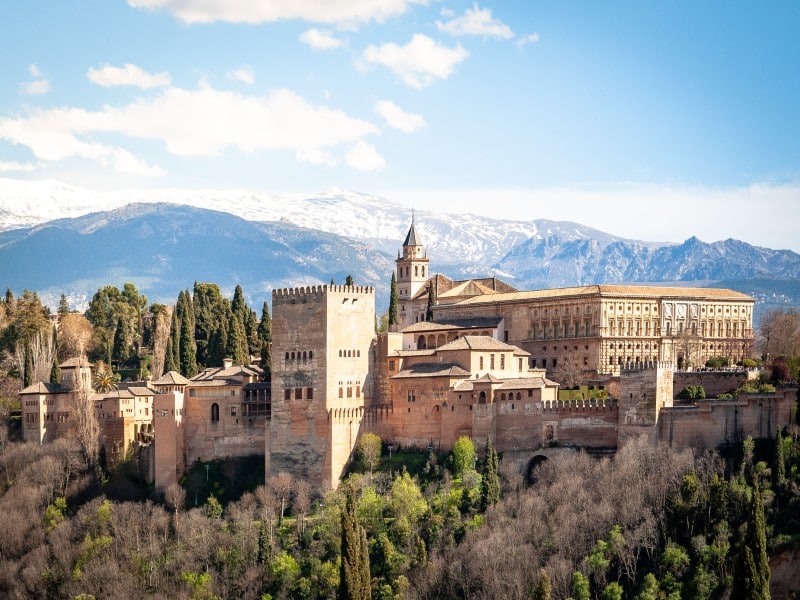
As incredible as the Alhambra is, you also don’t want to spend your whole holiday up there. This city is filled with historical and architectural gems. It’s packed with churches and religious monuments that have Christian and Islamic designs overlapping each other. It’s laden with pretty squares and alleys where you can wander and get lost.
The best way to break it all down is to see Granada as a series of enthralling neighborhoods, each with its own unique style and vibe. Don’t miss…
- Albaicin – This is the whitewashed old town that spreads over the hills just north of the Alhambra. It’s one of the oldest parts of Granada and still retains its original maze of streets from the 13th century. The whole of Albaicin is surrounded by mighty walls, which you can get past at the amazing Puerta Monaita gate.
- Sacromonte – Moody Sacromonte is one of the highest neighborhoods in the city, straddling a ridge above Albaicin. It’s formed by just two or three winding streets that are riddled with old taverns and Flamenco bars. Historically, it’s the gypsy quarter of town. Today, it’s the place to be for live music and sangria on the street.
- Realejo – Realejo is the historic Jewish Quarter of Granda. It spills down the slopes west of the Alhambra in a maze of streets that are known for their graffiti art and orange trees. It’s kinda’ like Abaicin, but just a little easier to get around.
The culture

Culture bursts from every one of Granada’s arabesque tiles and paint-peeling cottages. We’d even go as far as to say that it’s among the most culturally rich towns in the whole of Spain – and that’s really saying something!
Influences are many and varied. Granada’s Moorish past lies comfortably alongside its Spanish and Andalusian traditions. You’ll notice it everywhere, from the iconic Mudejar architecture to the languages that are spoken on the streets, the food to the festivals.
This is a city where you can visit an ancient Hammam, a modern art gallery, and a Romani flamenco show all in one afternoon. You can stop in a traditional taverna for a Spanish beer, at a hip cafe for a specialty coffee, or in the Street of Tea Houses for a glass of Moroccan mint brew. You can shop at quirky second-hand stores, high street chains, luxury boutiques, or colorful, chaotic bazaars.
Yep, it’s all there, wedged into the heart of this amazing, amazing city.
The stunning natural surroundings
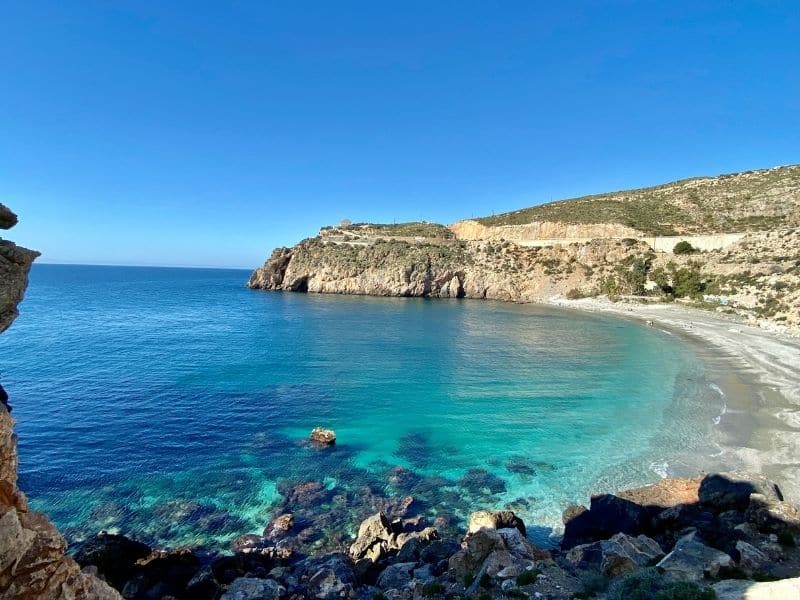
Some people might avoid Granada because it’s not a traditional beach holiday destination like nearby Malaga. But trust us when we say that there is plenty of natural beauty to keep you happy!
Granada sits amid the foothills of the Sierra Nevada Mountains, which not only form an impressive backdrop to the Alhambra but offer a playground for adventurers all year round. You can climb, hike, mountain bike, and paraglide your way through the peaks by summer. Then, in the winter, strap on your skis and enjoy Europe’s most southerly ski resort!
If you absolutely cannot can’t live without the beach, hop in the car. It’s only a short drive to the Costa Tropical. Granada’s closest stretch of beaches might not be as famous as the nearby Costa del Sol, but it’s also nowhere near as busy. They’re characterized by their remote vibes and dramatic rocky scenery created by the mountains that stretch down to the sea.
The art scene
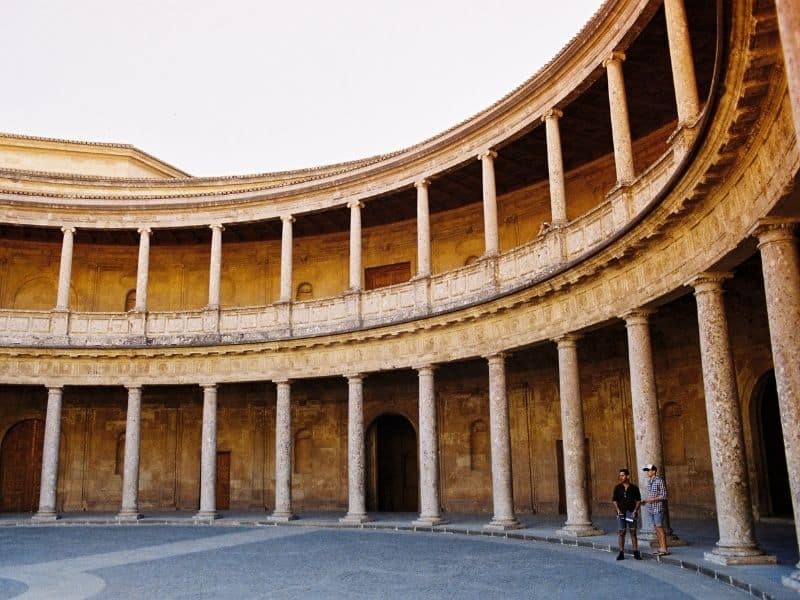
There’s a collection of notable galleries here that help to make Granada well worth visiting for artists and art lovers alike. Your first stop should be the Museum of Fine Arts, located within the Palace of Charles V. The collections there count over 2,000 classic artworks and sculptures. It also happens to be one of the oldest public museums in the country.
After that, head to Galeria Granada Capital, a more contemporary gallery with paintings, sculptures, and photography displays by local and international artists. Next up, take a tour of the many smaller, and independent galleries scattered through the city, and keep an eye out for the street art – particularly in the Realejo neighborhood – as you go…
Yep, Granada is home to an impressive street-art scene and following the walking trails can be a great way to spend the day and explore the city. Start in the Jewish Quarter, Realejo, where the colorful works contrast dramatically with the ancient buildings. Much of this work was created by El Niño de las Pinturas, aka Paul Ruiz, a Spanish-born artist who has achieved global fame with his edgy street murals.
The food
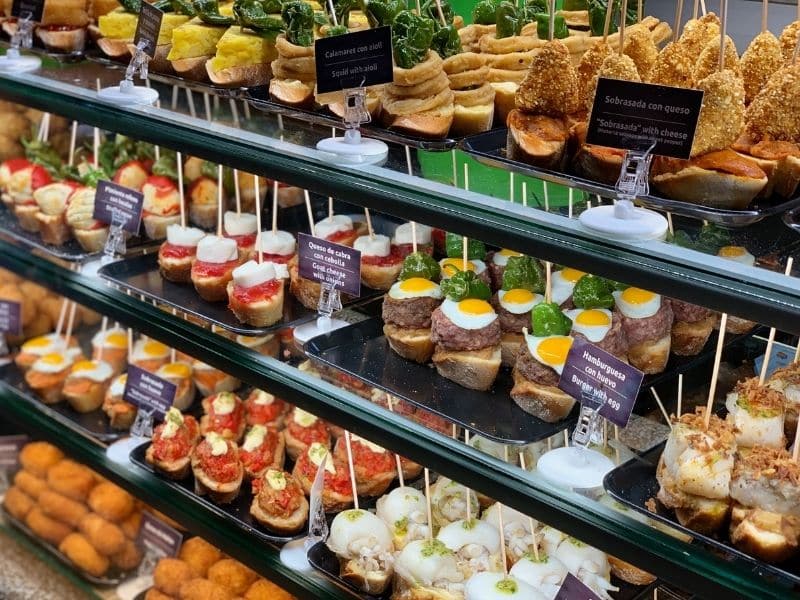
Granada really delivers on the food front. The city is one of the culinary capitals of Spain, fusing old-school Andalusian ingredients with the spices and exoticism of Moorish and North African cooking. What’s more, the cooking traditions here are old – many of the dishes have a history that goes back centuries, to the days of the Christian reconquest or the Arabic caliphate.
Here are just a few of the things that every foodie should be sure to sample during their time in Granada:
- Salmorejo – An Andalusian soup that’s made with fresh olive oil and skinned tomatoes. Like gazpacho, it’s often served cold with a garnish of salty Iberian ham.
- Pionono – A sweet pastry that actually hails from a nearby mountain town, these are cylindrical rolls of pastry doused with gooey sugar syrup. They go great with a strong coffee.
- Tortilla del Sacromonte – A classic Spanish egg tortilla with some more left-of-field additions courtesy of Granada’s farming communities. We’re talking lamb brains and sweetbreads!
The good news is that Granada holds to the Andalusian tradition where tapas is served free when you order a drink. Simply head out to one of the city’s many bars, order a small cerveza for a couple of dollars, and then enjoy the small bite-sized dishes that flow with it. It’s customary to enjoy only one or two rounds in each establishment before moving to the next bar.
The nightlife

Granada might not be the hedonistic hotpot that is Madrid or Barcelona, but the town certainly knows how to party. This local events calendar is packed with occasions for celebration, whether it’s traditional holidays, religious dates, or commemorations of historic battle victories. If you’re lucky enough to visit during any of them, you will really see this city come to life.
Specifically, Granada hosts several festivals throughout the year. Some even take place within the Alhambra and palaces, adding an incredibly atmospheric edge to proceedings. Most notably, there’s the Granada International Music and Dance Festival in June and July, which brings world-class orchestras and performers to the stages.
Oh, and no visit to Granada is complete without experiencing a flamenco show. You’ll find them on offer all over the city, but head to Sacromonte for some of the most authentic. It’s not called the flamenco district for nothing! And why stop at just watching? Why not join in and take a flamenco class while you’re there?
If you’re after a more traditional Spanish night out, you’re in luck. Granada has the energy of a much bigger city, and nowhere is this more apparent than when the sun goes down. The best place to begin is with the students on Plaza Nueva and the area around the Cathedral. Later, Calle Elvira boasts a great collection of tourist-friendly bars and clubs.
The climate
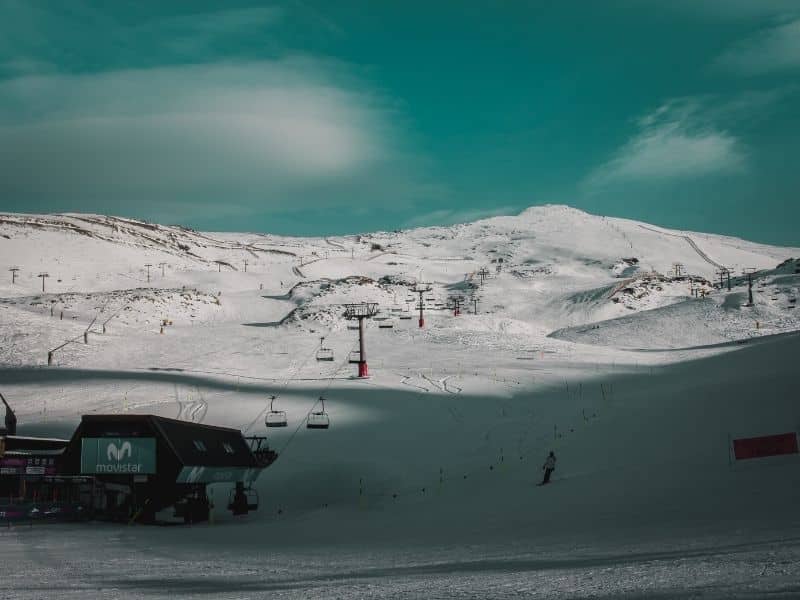
Granada’s climate is a big reason why this city is among the most popular towns in Spain. Andalusia is one of the warmest regions in the country. Plus, Granada is far enough inland so that the cooling breezes of the Med don’t come by. The upshot? Summers get hot, hot, hot!
In fact, temperatures in Granada in the summer tend to sit around the mid-30s but can reach 40°C or even close to 50! That’s almost always higher than down in the nearby beach holiday hotspots of Malaga and the Costa del Sol.
This can be too hot for some people, and it’s not ideal for walking around the city. So do as the locals do and head into the cool altitude of the Sierra Nevada mountains when the heat gets to be too much. Or consider visiting during the shoulder seasons of spring and autumn, when Granada enjoys a mild climate that’s very pleasant for hiking and perfect for city exploring.
The temperature does drop in winter, and the weather gets wetter. Although the days stay mild, with an average temperature of 17°C, the nights often dip to 0°C or below. Not to worry, though. Those chilly temperatures turn that rainfall into the snow needed to keep the ski resorts in action! Plus, seeing the Alhambra and surrounding mountains dusted with the white stuff is nothing short of magical!
It’s not hard to get to
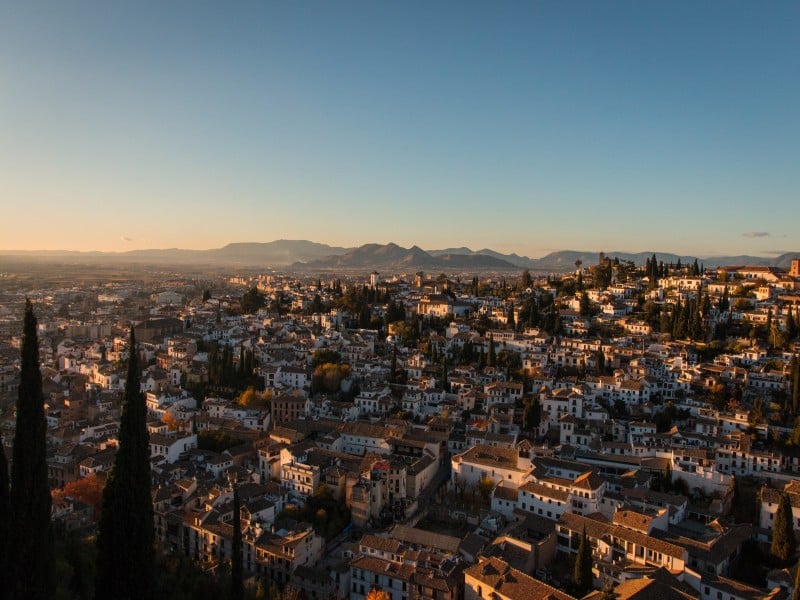
There was a time when you’d have to ride dangerous trading routes patrolled by banditos and highwaymen to get to Granada. Thankfully, those times are in the past. It’s now a case of hopping on a flight, driving the well-maintained Spanish roads, or booking onto a high-speed train service direct to the city.
Lots of people choose to fly. The Federico García Lorca Granada Airport is the main arrival point. It’s by no means a massive regional hub a la Malaga Airport, but it’s got a good – and growing – array of low-cost links to cities like Barcelona, Paris, and London (though the link to London with Vueling is seasonal).
The better option is the train. Spain has a comprehensive mix of high-speed connections that serve Granada from nearby towns like Algeciras and Cordoba. There are also links from Madrid twice per day, taking just over five hours. It’s a good idea to book your train tickets real early, because fares are a lot lower more than 60 days in advance of travel.
Is Granada Worth Visiting? Our Conclusion
We don’t even need to think about this one: Yes, Granada is absolutely worth visiting! This Andalusian city is home to one of Spain’s most impressive tourist attractions in the form of the enthralling Alhambra. It’s also got a depth of history and culture that simply can’t be matched by many other cities in Europe.
The landscape surrounding Granada is another real draw. It allows for snowboarding in the morning, hiking at lunchtime, and sunbathing in the afternoons! Overall, we’re talking about a city that’s got a packed event’s calendar, a beautiful climate, buzzing nightlife, eclectic shopping, delicious food, and its own ski resort! What more could you ask for?
